This article was co-authored by wikiHow staff writer, Ali Garbacz. Our trained team of editors and researchers validate articles for accuracy and comprehensiveness.
wikiHow’s Content Management Team carefully monitors the work from our editorial staff to ensure that each article meets our high quality standards.
wikiHow marks an article as reader-approved once it receives enough positive feedback. In this case, several readers have written to tell us that this article was helpful to them, earning it our reader-approved status.
This article has been viewed 355,425 times.
Learn more...
Money might not grow on trees, but, luckily, it can be replaced in the off chance it gets damaged. Even if you have a dollar bill completely torn in half, don’t worry! This article will walk you through the process of filing a request to get your damaged currency replaced so you don’t have to suffer the loss of any hard-earned cash.
Things You Should Know
- Take your money to be replaced at your local bank if damages are not too extensive (minor tears, stains, soilage, etc.)
- Send any bills that have been extremely mutilated (burns, chemical stains, extreme tears, etc.) to the Bureau of Engraving and Printing along with a letter explaining the damage.
- Submit damaged coins to the U.S. Mint for possible reimbursement.
- Deliver your damaged money either in-person or send it in through the U.S. Postal Service.
Steps
Checking if Your Money Qualifies for Replacement
-
1Assess the damage. If your money has suffered minor damage (minor tears, stains, soilage, etc.) but is still legible and usable, go ahead and use that currency as is. If it’s damaged but not mutilated, but you don’t want to use that currency for some reason, you’re qualified to exchange that money at your local bank. Keep in mind that each bank will have its own policies regarding what kinds of damaged currency they can accept, and they might refer you to a higher institution instead.[1]
- You can exchange damaged currency at any bank. If you want the money directly deposited into your bank account, go to the nearest branch of the bank you’ve opened an account with.
- Mutilated currency is defined as having been damaged to the extent that one half or less of the currency remains, or it’s in such a condition that its value is questionable.[2]
- Money that has been mutilated or extensively damaged beyond repair or use should be submitted to the US Bureau of Engraving and Printing (BEP) or the U.S. Mint.
- Do not falsify your claim or intentionally damage currency. Both are federal crimes that are taken very seriously by the U.S. government.[3]
-
2Measure what’s left of your paper note. In the United States, you must submit more than half (over 50 percent) of the paper bill intact. This is in part to prevent people from ripping money in half and replacing both halves to get double the money. The only exception to this requirement is if less than 50 percent of the bill is intact, but there’s sufficient supporting evidence (such as burn marks) that the remainder of the bill has been destroyed.[4]
- In addition to submitting the sufficient remains of a legible banknote, you must provide some remnant of the bill's security features.
- Security features may include the security ribbon woven into the bill, the security thread that runs vertically to the left of the portrait, watermarks, or color-shifting ink.[5]
- The banknote's value (5, 10, 20, 100, etc.) must be identifiable so that the treasury can determine how much money to reimburse you for if your claim goes through.
Advertisement -
3Evaluate any coins you have for extensive damage. Unlike paper banknotes, the Bureau of Engraving and Printing does not replace damaged coins. Coins that are severely damaged, such as coins that have been melted or fused together, can be sent to the U.S. Mint for evaluation. The U.S. Mint will then determine the best course of action.[6]
Packaging Damaged Currency
-
1Preserve the money to the best of your ability. Even though the money has been damaged, it may become even more damaged if handled carelessly. How you handle the money as you prepare to pack and ship it may help preserve it, ensuring that you get the equivalent amount of money back.[7]
- If the currency was rolled up when it was mutilated, do not attempt to straighten it out. If it was flat, don’t roll, fold, tape, or glue it together somehow.
- Altering the money in any way could further damage the currency, and may be seen as an attempt to alter or deface the money, which is against the law.[8]
-
2Package currency carefully to prevent further damage. How you package the currency may be the difference between getting money back and suffering financial losses. Package the currency in a way that will prevent any further damage and ensure a safe delivery.[9]
- If the currency is brittle or may fall apart, pack the tattered money in a plastic sandwich bag with cotton to help insulate it and keep it in place.
- Do not ship coins and paper currency together. The two forms of currency must be sent to separate offices, and packing coins with damaged paper money could cause further damage to the tattered banknote.
-
3Compose a letter to explain the damage. Once you've carefully packed and preserved the damaged currency, write a letter to include with your money. Make the letter as legible as possible. Typing and printing it is the safest route to go. The letter should include:[10]
- The original value of the currency
- Your name and current contact information (phone number and/or email)
- A thorough explanation of how the money became damaged
- Your current bank account and routing number (the bank must operate within the United States)
- Your current mailing address and any relevant instructions in the case you want the money to come as a mailed check
Submitting Your Currency & Receiving Payment
-
1Deliver currency in person to the Bureau of Engraving and Printing. If you live in or near Washington, D.C., you can hand-deliver the damaged currency to the Bureau of Engraving and Printing. The Bureau accepts personal deliveries of damaged or mutilated currency between 8:00 am and 11:30 am and from 12:30 pm to 2:00 pm.[11]
-
2Mail your currency. If you don’t live in Washington, D.C. or can’t deliver the money in person for whatever reason, send the currency by mail through the US Postal Service. Pack up the damaged currency and your accompanying letter and send them through Registered Mail. Request a return receipt as well. Consider also purchasing insurance on the package to ensure that any losses are covered if the package becomes lost or damaged.[12]
- If you’re submitting your cash via personal delivery, address it to the US Bureau of Engraving & Printing, MCD/OFM Room 344A, P.O. Box 37048, Washington, DC 20013.
- If you’re using a courier to send it in (FedEx/UPS), send it to the BEP at MCD/OFM, Room 344A, 14th and C Streets SW, Washington, DC 20228
- Damaged coins can be sent for evaluation to the U.S. Mint. Packages containing mutilated coins should be addressed to the Superintendent of the U.S. Mint, Attn.: Mutilated Coins, P.O. Box 400 - Philadelphia, PA 19105.[13]
-
3Wait for your claim to be processed. Once you've submitted your damaged currency to the proper office, you'll have to wait for the claim to be processed. Each case is reviewed by a qualified professional to determine the extent of the damage, confirm the banknote's value, and assess the validity of each claim.[14]
- Claims can take anywhere from 6 to 36 months to process. The evaluation process depends heavily on the condition of the money, the extent of damage, and the conditions under which it was damaged.
- The Director of the BEP makes the final decision on all damaged currency claims.
- To check the status of your claim at any time, you can call the BEP toll-free at (866)-575-2361, or email the office at mcdstatus@bep.gov.
Community Q&A
-
QuestionIs there a minimum amount that needs to be submitted to get money replaced?
 wikiHow Staff EditorThis answer was written by one of our trained team of researchers who validated it for accuracy and comprehensiveness.
wikiHow Staff EditorThis answer was written by one of our trained team of researchers who validated it for accuracy and comprehensiveness.
Staff Answer wikiHow Staff EditorStaff AnswerThere is no minimum or maximum amount you need to be aware of. So long as you follow the procedures for submitting each bill or coin, your case should be accepted regardless of the amount.
wikiHow Staff EditorStaff AnswerThere is no minimum or maximum amount you need to be aware of. So long as you follow the procedures for submitting each bill or coin, your case should be accepted regardless of the amount. -
QuestionIs there a limit on the amount that can be requested to replace?
 wikiHow Staff EditorThis answer was written by one of our trained team of researchers who validated it for accuracy and comprehensiveness.
wikiHow Staff EditorThis answer was written by one of our trained team of researchers who validated it for accuracy and comprehensiveness.
Staff Answer wikiHow Staff EditorStaff AnswerThere is no limit. Just make sure you are carrying out the correct procedures for each individual bill or coin when you submit them.
wikiHow Staff EditorStaff AnswerThere is no limit. Just make sure you are carrying out the correct procedures for each individual bill or coin when you submit them. -
QuestionWhat if I do not know how the money was damaged? Can I still send it to be replaced?
 wikiHow Staff EditorThis answer was written by one of our trained team of researchers who validated it for accuracy and comprehensiveness.
wikiHow Staff EditorThis answer was written by one of our trained team of researchers who validated it for accuracy and comprehensiveness.
Staff Answer wikiHow Staff EditorStaff AnswerYes, just try and explain the damages to the best of your ability. If you can clearly see that it's been torn, then write that it was torn in some way. If you see burn marks or any kinds of stains, point those out. You can also add that you're not exactly sure how the money came to be in it's current damaged state.
wikiHow Staff EditorStaff AnswerYes, just try and explain the damages to the best of your ability. If you can clearly see that it's been torn, then write that it was torn in some way. If you see burn marks or any kinds of stains, point those out. You can also add that you're not exactly sure how the money came to be in it's current damaged state.
Warnings
- The Superintendent of the United States Mint and the Director of the Bureau of Engraving and Printing have the final say in regards to the settlement of damaged currency. Appeals are not allowed.⧼thumbs_response⧽
- Intentionally mutilating currency is a federal crime. Falsifying a claim for reimbursement of damaged currency is also a federal crime..⧼thumbs_response⧽
- Damaged currency that is confirmed to have been involved in a crime will not be replaced and may initiate an investigation into the matter.⧼thumbs_response⧽
References
- ↑ http://www.helpwithmybank.gov/get-answers/other-topics/banks-currency/faq-other-topics-banks-currency-02.html
- ↑ https://www.bep.gov/services/mutilated-currency-redemption
- ↑ http://www.moneyfactory.gov/submitaclaim.html
- ↑ http://www.moneyfactory.gov/services/currencyredemption.html
- ↑ http://uscurrency.gov/security/100-security-features-2013-present
- ↑ http://www.helpwithmybank.gov/get-answers/other-topics/banks-currency/faq-other-topics-banks-currency-02.html
- ↑ http://www.moneyfactory.gov/submitaclaim.html
- ↑ http://consumerist.com/2009/04/18/replacing-damaged-jacked-up-currency/
- ↑ http://www.moneyfactory.gov/submitaclaim.html
- ↑ http://www.moneyfactory.gov/submitaclaim.html
- ↑ http://www.moneyfactory.gov/submitaclaim.html
- ↑ http://www.moneyfactory.gov/submitaclaim.html
- ↑ http://www.helpwithmybank.gov/get-answers/other-topics/banks-currency/faq-other-topics-banks-currency-02.html
- ↑ http://www.moneyfactory.gov/submitaclaim.html
About This Article
To get damaged currency replaced, first put it in a plastic sandwich bag with cotton to keep it safe from further damage. If you have damaged coins and paper currency, package them separately, since they’re processed by different offices. Then, type a letter to include with your currency that provides your name and contact information, the original value of the currency, and how the currency was damaged. When your letter and currency are ready to go, take or mail them to the U.S. Bureau of Engraving and Printing in Washington, DC. To learn how to check the claim status of your damaged currency once you’ve sent it, scroll down!
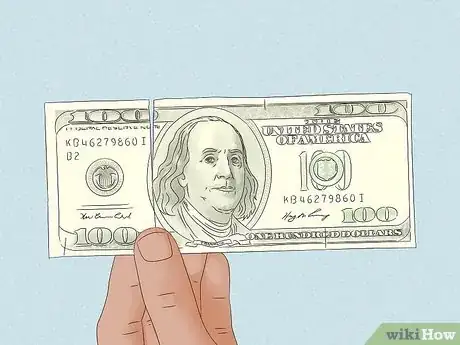
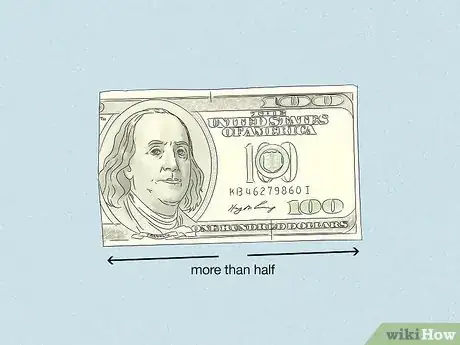
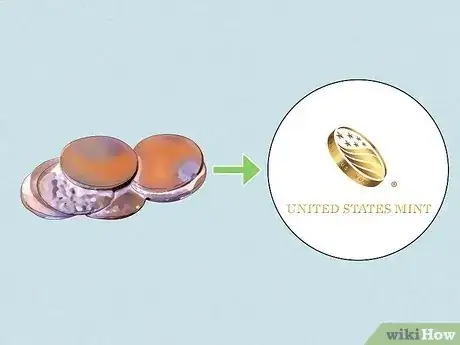
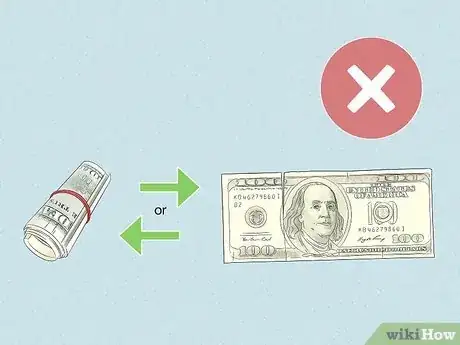
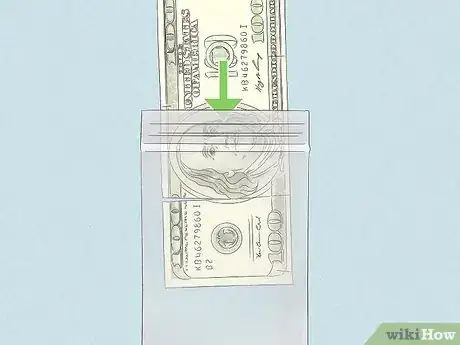
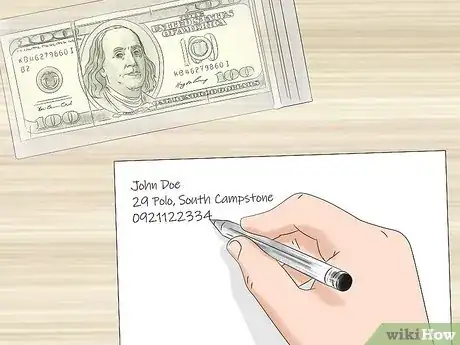

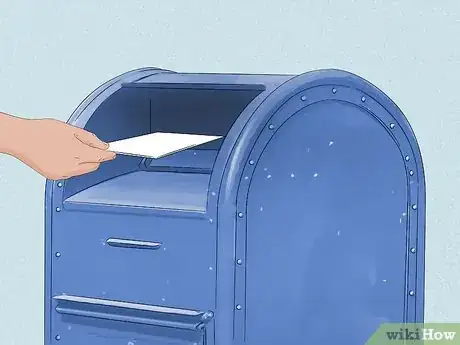

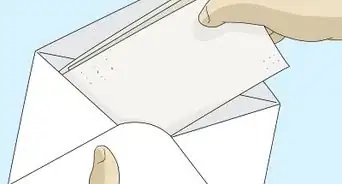
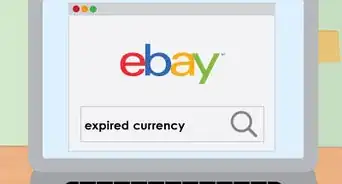


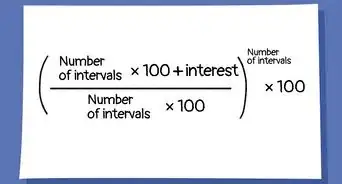


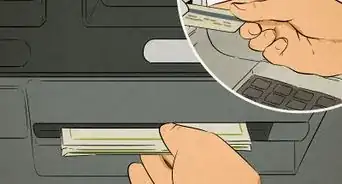

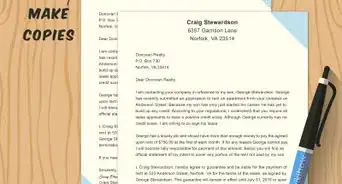


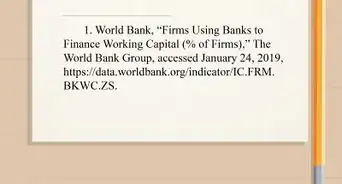










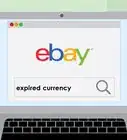
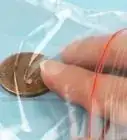




































wikiHow’s Content Management Team carefully monitors the work from our editorial staff to ensure that each article meets our high quality standards. This article has been viewed 355,425 times.